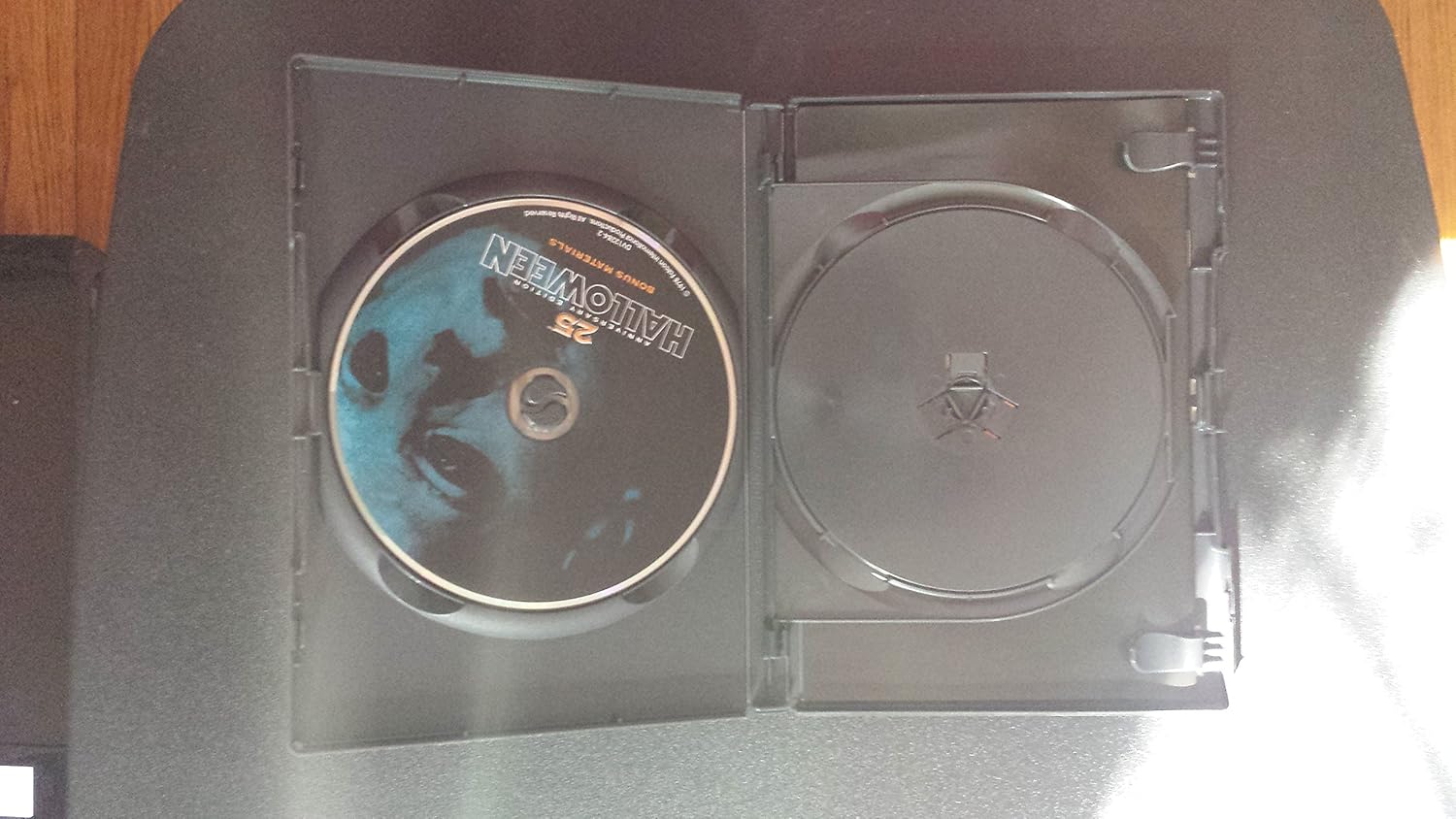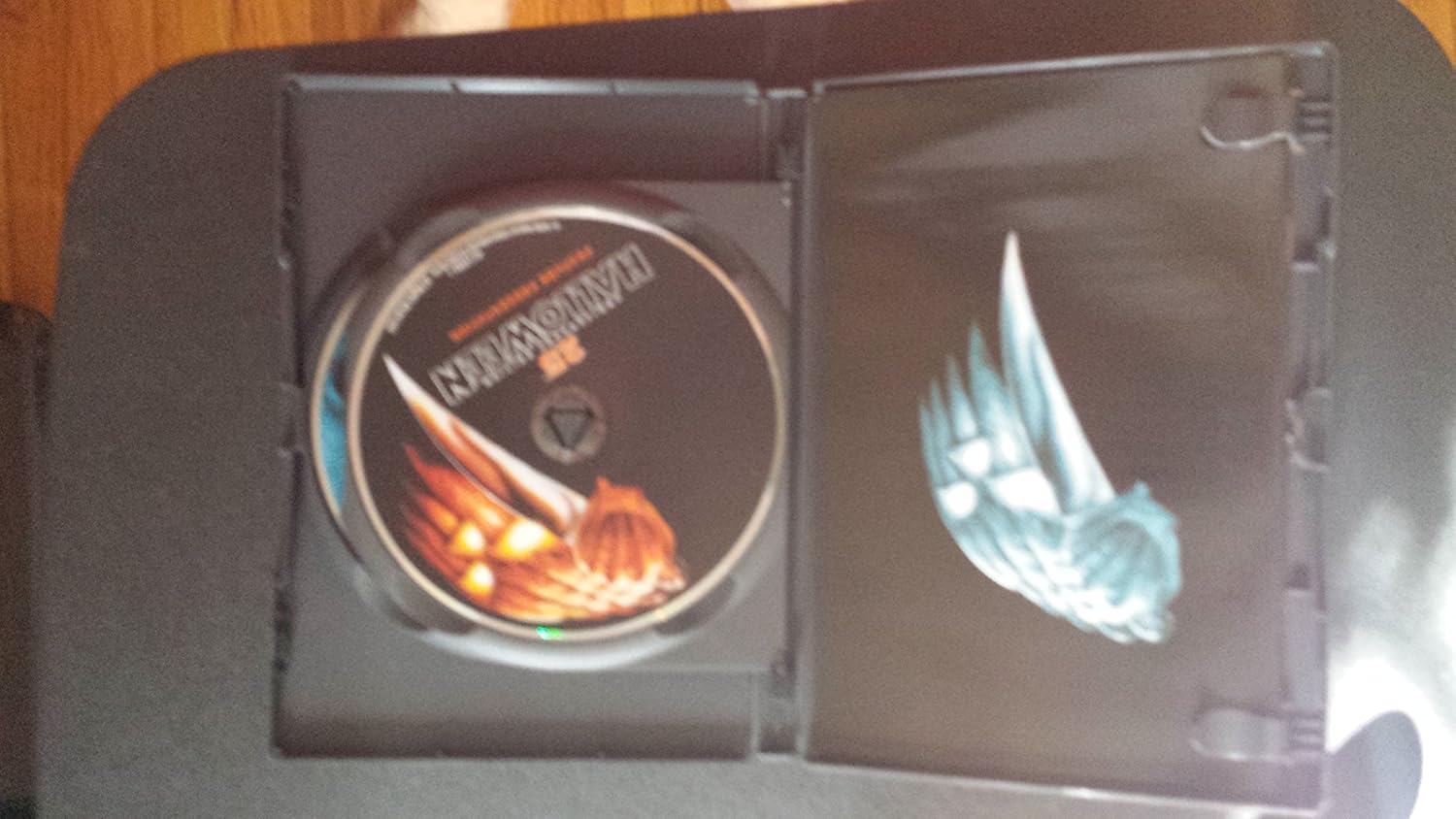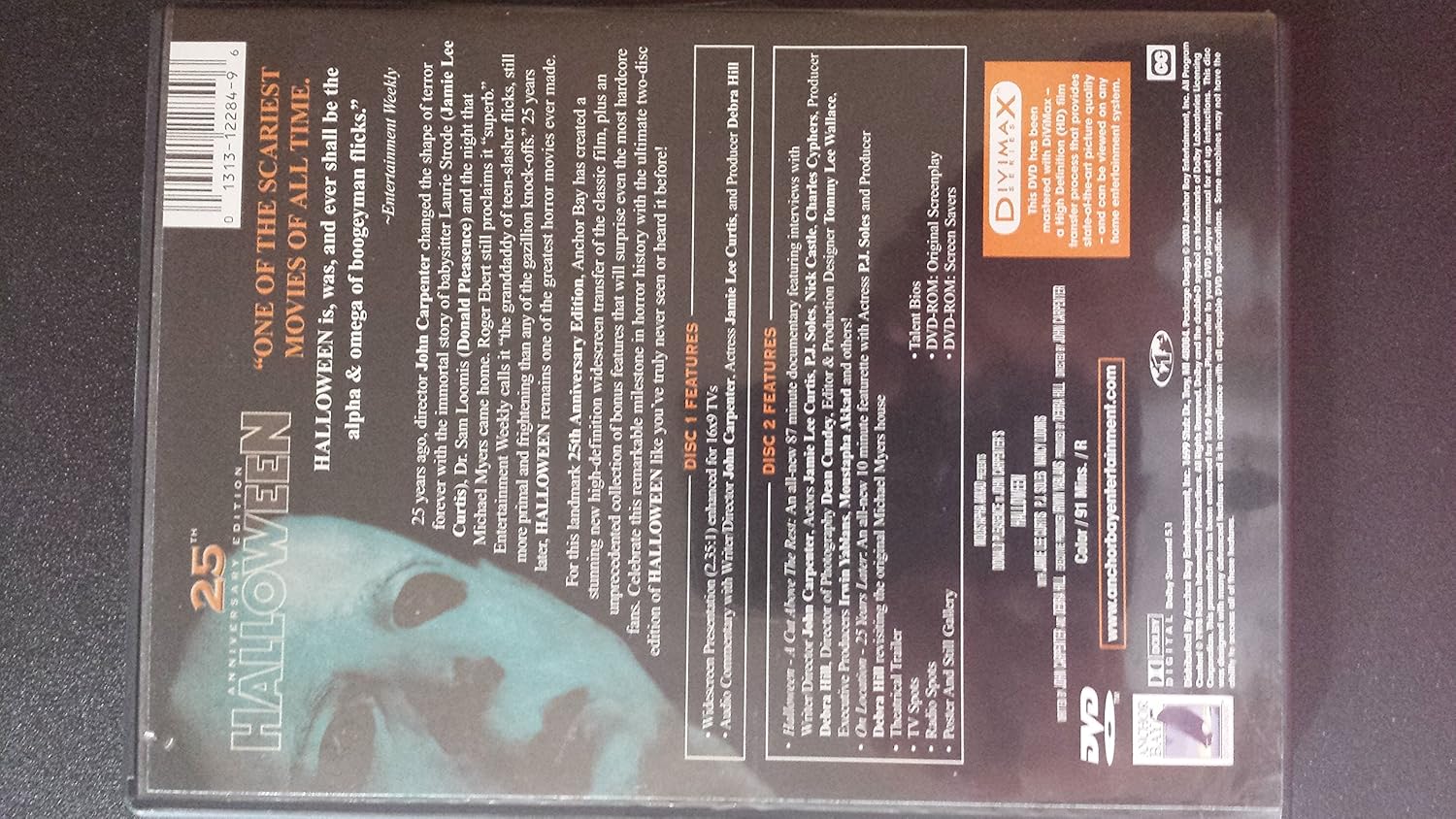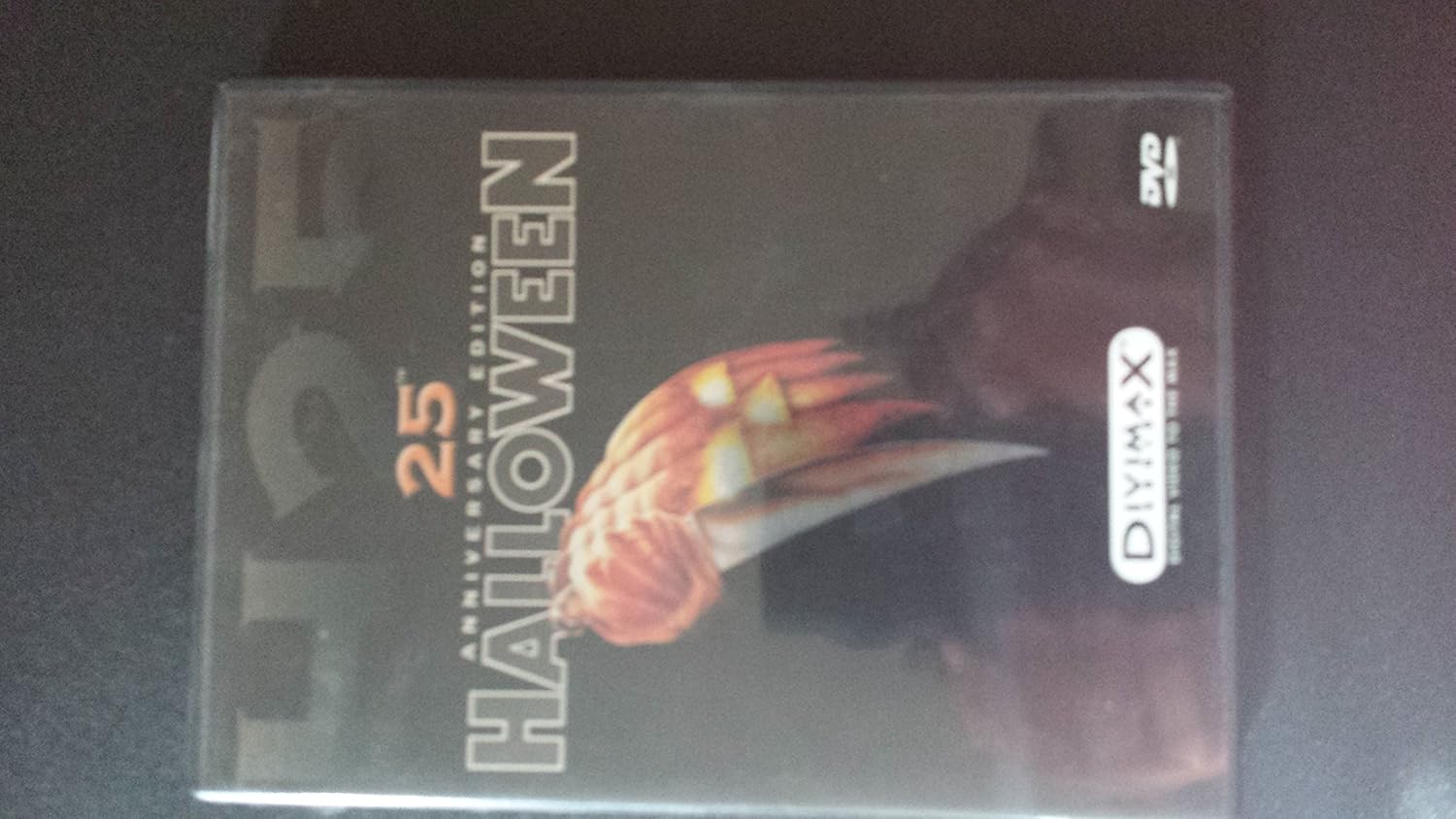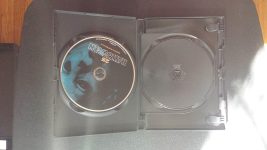
Halloween (Divimax 25th Anniversary Review Halloween 1978 – Oemiu
Divimax 25th Anniversary Review: Halloween 1978 – A Cinematic Milestone
Twenty-five years ago, Divimax released its definitive restoration of John Carpenter’s *Halloween*, a film that needs little introduction. The 1978 classic *Halloween* isn’t just a slasher movie; it’s a masterclass in suspense, atmosphere, and minimalist storytelling. This review revisits the Divimax edition, examining its impact and why it remains a benchmark for home video releases even today. We’ll delve into what made this particular restoration so special, and its long-lasting effect on how classic films are preserved and presented to new generations.
The Genesis of Fear: A Look at the Original Halloween’s Impact
John Carpenter’s *Halloween*, released in 1978, transcended the simple slasher film label, becoming a cultural phenomenon. Its success wasn’t accidental. Carpenter masterfully employed several key techniques to create an atmosphere of dread and suspense. The iconic score, composed by Carpenter himself, is perhaps the film’s most recognizable feature. Simple yet chilling, it underscores every suspenseful moment, ratcheting up the tension to unbearable levels. The use of POV shots, often from Michael Myers’ perspective, put the audience directly into the killer’s shoes, enhancing the feeling of unease. The film’s pacing is deliberate, slowly building the suspense rather than relying on cheap jump scares. This methodical approach allowed the audience to truly invest in the characters and their plight. The film’s low budget also forced creative solutions. Carpenter’s ingenuity is evident in the use of shadows, lighting, and camera angles to maximize the impact of each scene.
The choice of Jamie Lee Curtis as Laurie Strode was another stroke of genius. Curtis, in her film debut, brought a relatable vulnerability to the role, making her instantly sympathetic to the audience. Donald Pleasence as Dr. Loomis provided the necessary gravitas and exposition, painting Michael Myers as an unstoppable force of pure evil. Furthermore, the film’s suburban setting, Haddonfield, Illinois, added another layer of realism and accessibility. This was not some remote, isolated location; it was Middle America, making the horror all the more unsettling. *Halloween* tapped into primal fears – the fear of the unknown, the fear of senseless violence, and the fear of the boogeyman lurking in the shadows. These themes resonated deeply with audiences, ensuring the film’s enduring appeal.
The movie’s success also redefined the slasher genre. While other horror films existed before, *Halloween* established many of the tropes that would become genre staples: the masked killer, the final girl, the holiday setting, and the emphasis on suspense over gore. Many films tried to imitate *Halloween’s* success, but few managed to capture its unique blend of terror and artistry. The impact of this *Halloween* 1978 classic is still felt in horror cinema today, influencing countless filmmakers and shaping the expectations of audiences worldwide. Its influence on subsequent slasher films is undeniable, establishing a template that continues to be replicated, often unsuccessfully. The film’s minimalist approach, coupled with its masterful execution, makes it a true cinematic achievement and a testament to the power of effective storytelling.
The Divimax Difference: A Restorative Masterpiece
When Divimax announced its 25th-anniversary restoration of *Halloween*, expectations were understandably high. The original film print had suffered the ravages of time, and previous home video releases were often plagued by poor image quality and lackluster audio. Divimax promised a meticulous restoration that would preserve the film’s original look and feel while enhancing its visual and audio fidelity. The project involved painstakingly cleaning and repairing the original negative, removing scratches, dirt, and other imperfections. The color timing was also carefully adjusted to reflect Carpenter’s original intentions. This was not simply about making the film look brighter or more vibrant; it was about restoring the subtle nuances and atmospheric hues that had been lost over the years. One of the most significant improvements was the enhanced sharpness and clarity. The Divimax restoration revealed details that had previously been obscured, allowing viewers to appreciate the film’s cinematography in a new light. The textures of the costumes, the details of the sets, and the expressions on the actors’ faces were all rendered with remarkable clarity.
The audio was also given a significant overhaul. The original mono soundtrack was remastered to create a more immersive and dynamic sound experience. While remaining true to the original sound design, the Divimax restoration added subtle enhancements that heightened the suspense and impact of key scenes. The iconic score, in particular, benefited from the improved audio quality, sounding richer and more menacing than ever before. What set the Divimax restoration apart was its commitment to preserving the film’s original artistic intent. The goal was not to reinvent *Halloween* but to present it in the best possible light while remaining faithful to Carpenter’s vision. This involved careful attention to detail and a deep understanding of the film’s aesthetic. The result was a restoration that both honored the past and embraced the possibilities of modern technology. The Divimax release also included a wealth of bonus features, including behind-the-scenes footage, interviews with the cast and crew, and insightful commentary tracks. These extras provided a fascinating glimpse into the making of the film and helped to contextualize its significance within the horror genre. The inclusion of these extras cemented the Divimax edition as the definitive home video release of *Halloween* for many years.
The restoration’s success was a testament to the dedication and expertise of the Divimax team. They understood that *Halloween* was not just a movie; it was a cultural artifact that deserved to be treated with respect. Their meticulous approach and unwavering commitment to quality ensured that the Divimax restoration would become a benchmark for future home video releases. Even today, the Divimax version is highly sought after by collectors and cinephiles who appreciate the value of preserving cinematic history. The impact of this restoration also extended beyond the realm of home video. It inspired other studios to invest in similar restoration projects, helping to ensure that classic films are preserved for future generations. *Halloween* 1978, thanks to Divimax, found a new audience and cemented its place as a cinematic masterpiece.
Comparing the Divimax Edition to Other Releases
The Divimax 25th-anniversary edition of *Halloween* stood head and shoulders above previous home video releases. Before Divimax, viewers were largely limited to VHS tapes or poorly transferred DVDs that suffered from a variety of issues, including faded colors, blurry images, and muffled audio. The Divimax release offered a dramatic improvement in both visual and audio quality, making it a must-have for fans of the film. One of the key differences was the improved color accuracy. Earlier releases often featured washed-out or overly saturated colors, detracting from the film’s atmosphere. The Divimax restoration restored the colors to their original vibrancy, allowing viewers to appreciate the film’s carefully crafted visual palette. The enhanced sharpness and clarity also made a significant difference. The Divimax edition revealed details that were simply not visible in previous releases, adding a new level of depth and texture to the film. The improved audio quality was equally impressive. The remastered soundtrack brought the iconic score to life, enhancing the suspense and impact of key scenes.
Compared to subsequent Blu-ray releases, the Divimax edition holds its own remarkably well. While newer releases may offer slightly higher resolution, the Divimax restoration often boasts superior color timing and a more natural film-like appearance. Some newer releases have been criticized for using aggressive noise reduction techniques, which can result in a loss of detail and a smoothed-over appearance. The Divimax edition, on the other hand, preserves the film’s grain structure, retaining its original cinematic texture. The special features included on the Divimax release also remain highly valuable. The behind-the-scenes footage, interviews, and commentary tracks provide a comprehensive overview of the film’s production and impact. While newer releases may include additional bonus content, the Divimax edition offers a curated selection of extras that are both informative and entertaining.
Ultimately, the Divimax 25th-anniversary edition of *Halloween* set a new standard for home video releases. Its meticulous restoration, enhanced visual and audio quality, and comprehensive bonus features made it the definitive version of the film for many years. While newer releases may offer incremental improvements in certain areas, the Divimax edition remains a testament to the power of careful restoration and a must-have for serious fans of *Halloween* 1978. The lasting legacy of the Divimax release is its influence on subsequent home video releases, raising the bar for quality and attention to detail. The release demonstrated the value of investing in meticulous restoration projects, inspiring other studios to follow suit. This ensures that classic films like *Halloween* are preserved for future generations to enjoy in the best possible quality.
| Feature | Divimax 25th Anniversary Edition | Typical Pre-Divimax DVD | Modern Blu-ray Release |
|---|---|---|---|
| Image Quality | Restored, Sharp, Accurate Colors | Faded, Blurry, Poor Colors | High Resolution, May have DNR issues |
| Audio Quality | Remastered, Dynamic Sound | Muffled, Mono Only | Dolby TrueHD or DTS-HD Master Audio |
| Bonus Features | Extensive Behind-the-Scenes, Interviews, Commentary | Limited or No Bonus Features | Varies, May Include New Content |
| Overall Presentation | Faithful to Original Intent | Poor Transfer, Lacking Detail | May be Altered with DNR or Color Grading |
The Enduring Legacy of a Classic Horror Film
The 1978 *Halloween* continues to resonate with audiences today, even after decades of slasher films and horror trends. Its enduring appeal lies in its simplicity, its relatable characters, and its masterful creation of suspense. The film taps into primal fears that are universal and timeless. The fear of the unknown, the fear of senseless violence, and the fear of the boogeyman lurking in the shadows are all themes that continue to resonate with viewers of all ages. The character of Michael Myers has become a cultural icon, a symbol of pure evil and unrelenting terror. His blank mask and silent demeanor make him all the more unsettling, a force of nature rather than a human being. The film’s suburban setting also contributes to its enduring appeal. Haddonfield, Illinois, is a seemingly ordinary town, making the horror all the more unexpected and unsettling. The film suggests that evil can lurk anywhere, even in the most idyllic settings. The impact of *Halloween* on popular culture is undeniable. It has influenced countless horror films, television shows, and video games. The slasher genre owes much of its success to *Halloween*, which established many of the tropes and conventions that have become genre staples.
Beyond its influence on the horror genre, *Halloween* has also had a broader impact on filmmaking. Its minimalist approach, its emphasis on suspense over gore, and its innovative use of camera angles and sound design have all been studied and emulated by aspiring filmmakers. The film’s success is a testament to the power of effective storytelling and the importance of creating a compelling atmosphere. The legacy of the Divimax 25th-anniversary edition is equally significant. It demonstrated the value of investing in meticulous restoration projects and set a new standard for home video releases. The Divimax restoration ensured that *Halloween* would continue to be appreciated by future generations in the best possible quality. Its impact on home video presentation is still felt today. The focus on film grain, color accuracy, and bonus content has become standard. The film not only entertained, but also acted as an educational example of film preservation.
In conclusion, *Halloween* 1978 remains a cinematic masterpiece and the Divimax 25th-anniversary edition serves as a testament to its enduring legacy. Its impact on the horror genre and popular culture is undeniable, and its influence on filmmaking continues to be felt today. The film’s ability to scare and entertain audiences after all these years is a testament to its timeless quality and its masterful execution. The Divimax release not only preserved the film, but also enhanced its appreciation, ensuring its place in cinema history for many years to come. It remains a must-watch for any fan of horror, cinema, or anyone wanting to experience a piece of film history brought to life.
Frequently Asked Questions
What made the Divimax restoration of *Halloween* so special?
The Divimax restoration of *Halloween* was exceptional due to its meticulous approach and commitment to preserving the film’s original artistic intent. The restoration team painstakingly cleaned and repaired the original negative, removing scratches, dirt, and other imperfections. They also carefully adjusted the color timing to reflect John Carpenter’s original vision. This wasn’t just about making the film look brighter or more vibrant; it was about restoring the subtle nuances and atmospheric hues that had been lost over time. The enhanced sharpness and clarity revealed details that had previously been obscured, allowing viewers to appreciate the film’s cinematography in a new light. The audio was also significantly improved, with the original mono soundtrack being remastered to create a more immersive and dynamic sound experience. Overall, the Divimax restoration struck a perfect balance between honoring the past and embracing the possibilities of modern technology, making it the definitive home video release of *Halloween* for many years.
How does the Divimax version compare to modern Blu-ray releases of *Halloween*?
While modern Blu-ray releases of *Halloween* may offer slightly higher resolution, the Divimax version often holds its own due to its superior color timing and more natural, film-like appearance. Some modern releases have been criticized for using excessive digital noise reduction (DNR), which can result in a loss of detail and a smoothed-over look. The Divimax edition, in contrast, preserves the film’s original grain structure, retaining its cinematic texture. Additionally, the Divimax release boasts a comprehensive set of bonus features, including behind-the-scenes footage, interviews, and insightful commentary tracks. These extras provide valuable context and enhance the viewing experience. While newer releases may include additional bonus content, the Divimax edition offers a curated selection that is both informative and entertaining. Therefore, despite advancements in technology, the Divimax version remains a highly regarded and sought-after release among fans and collectors.
What impact did *Halloween* have on the slasher genre?
The film *Halloween* (1978) essentially defined the slasher genre, establishing many of the tropes that would become its hallmarks. These include the masked killer, the “final girl” who survives the ordeal, the holiday setting (often a date with inherent cultural meaning), and the emphasis on building suspense rather than relying solely on gore. Before *Halloween*, horror films were often monster movies or supernatural thrillers. *Halloween* introduced a more grounded and realistic type of horror, where the threat was a human being with seemingly unstoppable malice. Its success led to a wave of imitators, solidifying the slasher subgenre as a dominant force in horror cinema. Many subsequent slasher films, such as *Friday the 13th* and *A Nightmare on Elm Street*, owe a significant debt to *Halloween* for its pioneering approach to suspense, character development, and overall storytelling.
Why is Michael Myers such an iconic horror villain?
Michael Myers’ iconic status stems from his embodiment of pure, unadulterated evil. Unlike other horror villains who may have sympathetic backstories or motivations, Michael Myers is often presented as a blank slate, a force of nature devoid of empathy or remorse. His signature mask, a featureless white visage, further contributes to his unsettling presence, turning him into an archetype of the boogeyman. His slow, deliberate movements and silent demeanor create a constant sense of dread, as he seems to be always lurking just out of sight. This combination of anonymity, relentless pursuit, and lack of motivation makes him a truly terrifying and unforgettable figure in horror cinema. The simplicity of his evil allows the audience to project their own fears onto him, making him all the more chilling.
What is the significance of the setting, Haddonfield, Illinois?
The choice of Haddonfield, Illinois, as the setting for *Halloween* is significant because it represents the quintessential American suburb. By placing the horror in a seemingly ordinary and safe environment, the film subverts the audience’s expectations and creates a sense of unease. The quiet streets, manicured lawns, and close-knit community of Haddonfield are meant to evoke a sense of normalcy, which is then shattered by the intrusion of Michael Myers’s violent rampage. This juxtaposition of the mundane and the horrific makes the film all the more unsettling, as it suggests that evil can lurk anywhere, even in the most idyllic of settings. Haddonfield becomes a symbol of the vulnerability of suburban life and the fragility of the illusion of safety.
How did Carpenter’s score contribute to the film’s atmosphere?
John Carpenter’s minimalist and iconic score for *Halloween* is an integral part of the film’s atmosphere. Composed primarily on a synthesizer, the score is simple yet incredibly effective in creating a sense of dread and suspense. The main theme, with its repetitive piano melody, is instantly recognizable and evokes a feeling of impending doom. Carpenter’s use of dissonance and off-key notes further enhances the unsettling atmosphere, creating a feeling of unease and tension. The score is also strategically used throughout the film to heighten key moments of suspense, signaling the presence of Michael Myers and amplifying the fear of the characters. By scoring the film himself, Carpenter was able to create a cohesive and unified artistic vision, where the music and visuals work together to create a truly terrifying experience.
What lessons can be learned from *Halloween* about low-budget filmmaking?
*Halloween* is a prime example of how to make a highly effective film on a limited budget. One key lesson is the importance of focusing on atmosphere and suspense rather than relying on expensive special effects or elaborate set pieces. Carpenter masterfully uses shadows, lighting, and camera angles to create a sense of dread and tension, making the most of his limited resources. Another lesson is the importance of strong storytelling and well-developed characters. Even with a simple plot, *Halloween* manages to create relatable characters that the audience can invest in. The film also demonstrates the value of practical effects and creative problem-solving. Rather than relying on CGI, Carpenter and his team used practical effects and clever camera tricks to create realistic and believable scares. *Halloween*’s success proves that creativity and ingenuity can often be more effective than a large budget.
